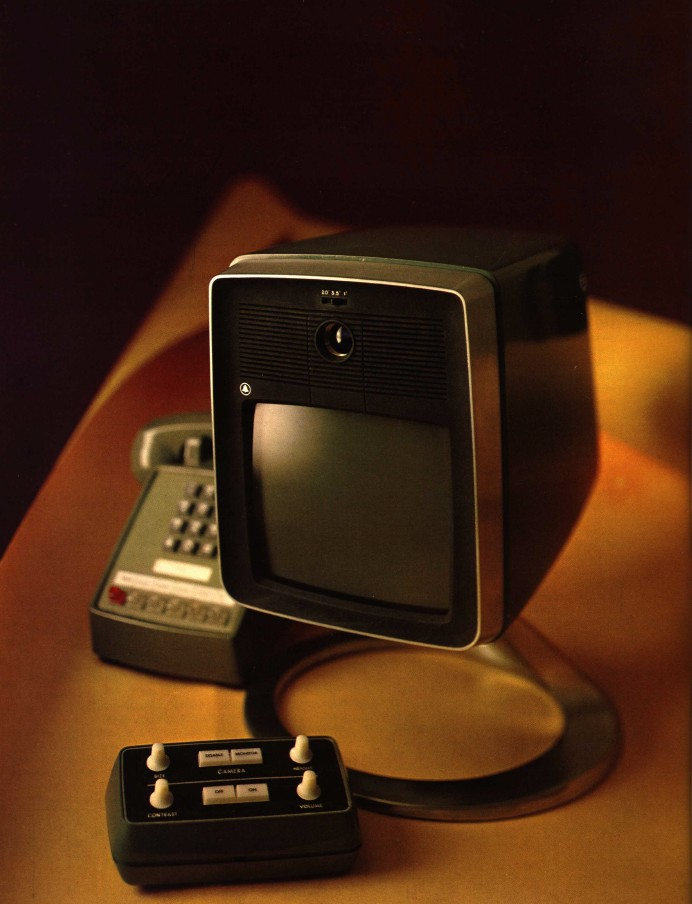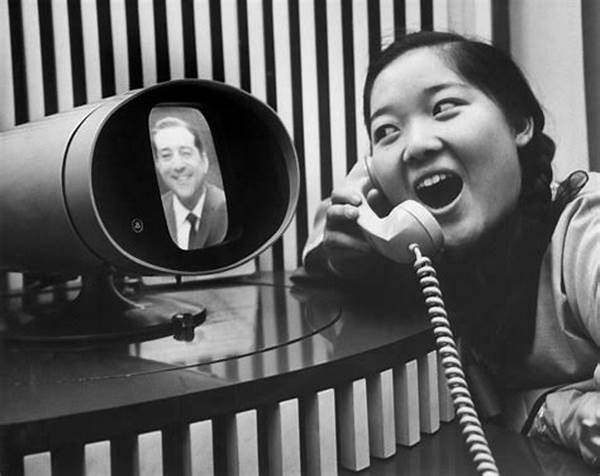Picturephone
Any science fiction produced between the 1950s and the 1990s or so featured a picture phone in some way. It appeared to be a telephone's natural evolution. Talking on the phone would eventually give way to gazing at someone on your television, just as radio gave way to TV. Everyone was visible on screen for conversation in Star Trek. Therefore, when the picturephone was created by AT&T in 1964, it was obvious that it was the technology of the future.
In 1970, the phone really went on sale, but it failed miserably. By any standard, the expense was utterly outrageous. In 1970 dollars, the service cost $160 per month, or almost $1,100 after inflation. Plus a minutely charge following the first half hour. By 1980, AT&T expected to have made one billion dollars.
By 1972, they were successful in selling 453 phones in Chicago and 32 in Pittsburgh. By 1975, the corporation had set a goal of 50,000 units. They were obviously off course. Because no one else used a Picturephone, it was a failure. The most of the time, your $1,000 per month phone was just an ordinary phone because those 32 people in Pittsburgh probably didn't all know one another. There was also the additional $1,000 per month. In the end, they reduced the price to $75 per month, but with inflation, that still amounts to more than $500.
One of the greatest problems with Picturephone is still a problem with modern services like Zoom or Skype. The majority of individuals avoid using their phones in public. You can be in bed or the restroom, or you might just not look your best. To be spotted on a phone while getting dressed is undesirable.












